Kyoto Museum of Crafts and Design
- Highlight
- Nearly all of Kyoto’s crafts - exuding the amazing skills of the craftsmen - are here under one roof
An insight on the world of beauty and crafts amidst the tradition of Kyoto
Many unique aspects of Japanese culture, including the tea ceremony, flower arrangement, and Noh and Kyogen theatres, originated and flourished in Kyoto over its 1,000-year history. Traditional industries in Kyoto developed using materials and techniques passed down through generations of local artisans. The exceptional craftsmanship and expertise cultivated in Kyoto have played a significant role in shaping Japanese culture and spreading it across the nation.
Since its opening in 1977, our museum has been dedicated to widely promoting Kyoto's traditional industries by showcasing craftsmanship that remains vibrant today, along with the fascinating stories behind it. With the 2020 renewal and reopening under the name Kyoto Museum of Crafts and Design, our mission is to undertake projects that introduce the creative endeavors of modern craftsmen. We also aim to provide a space where creators and users can explore the current state of traditional industries, engage in open exchanges of ideas, and envision the future.
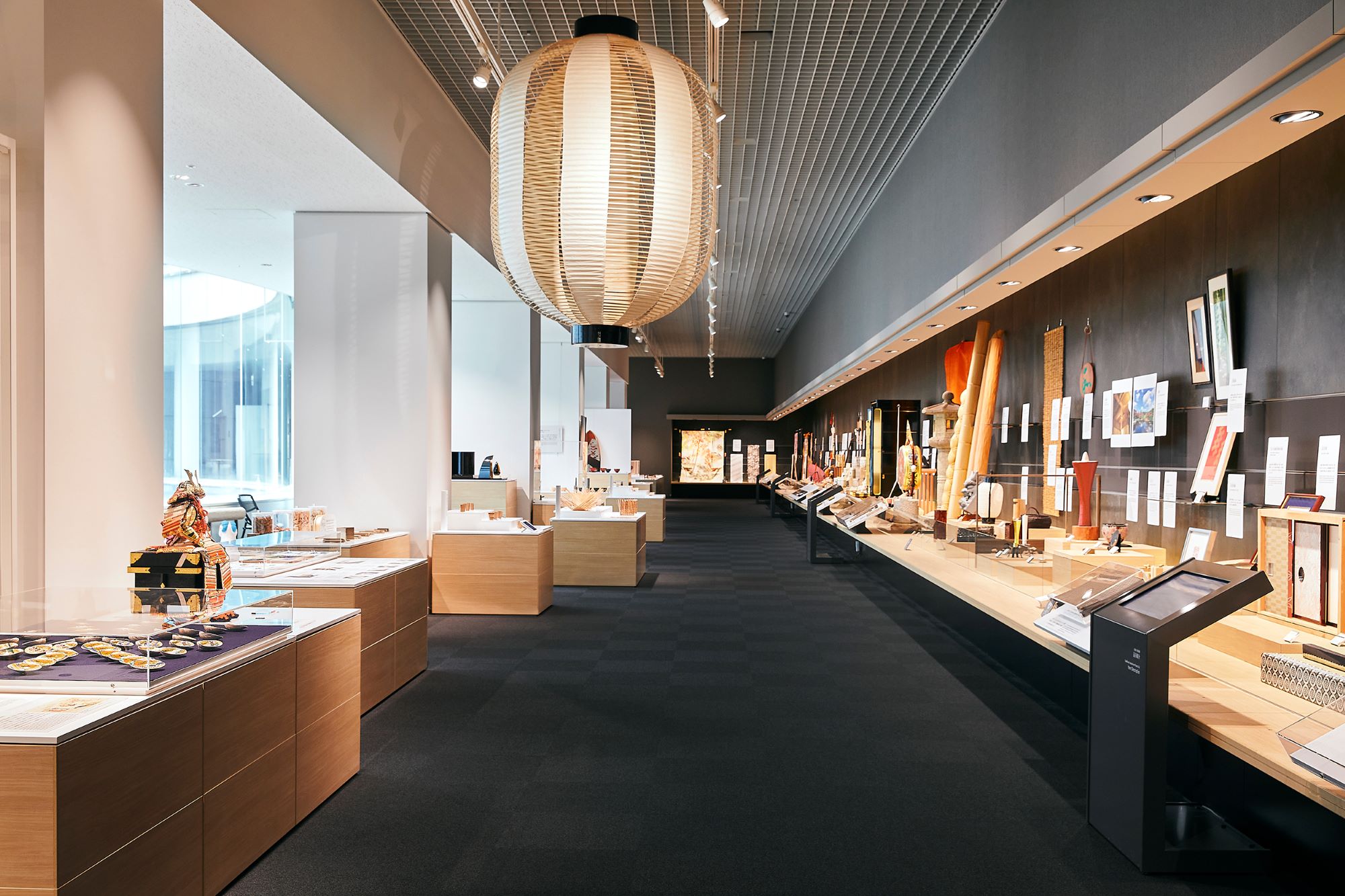
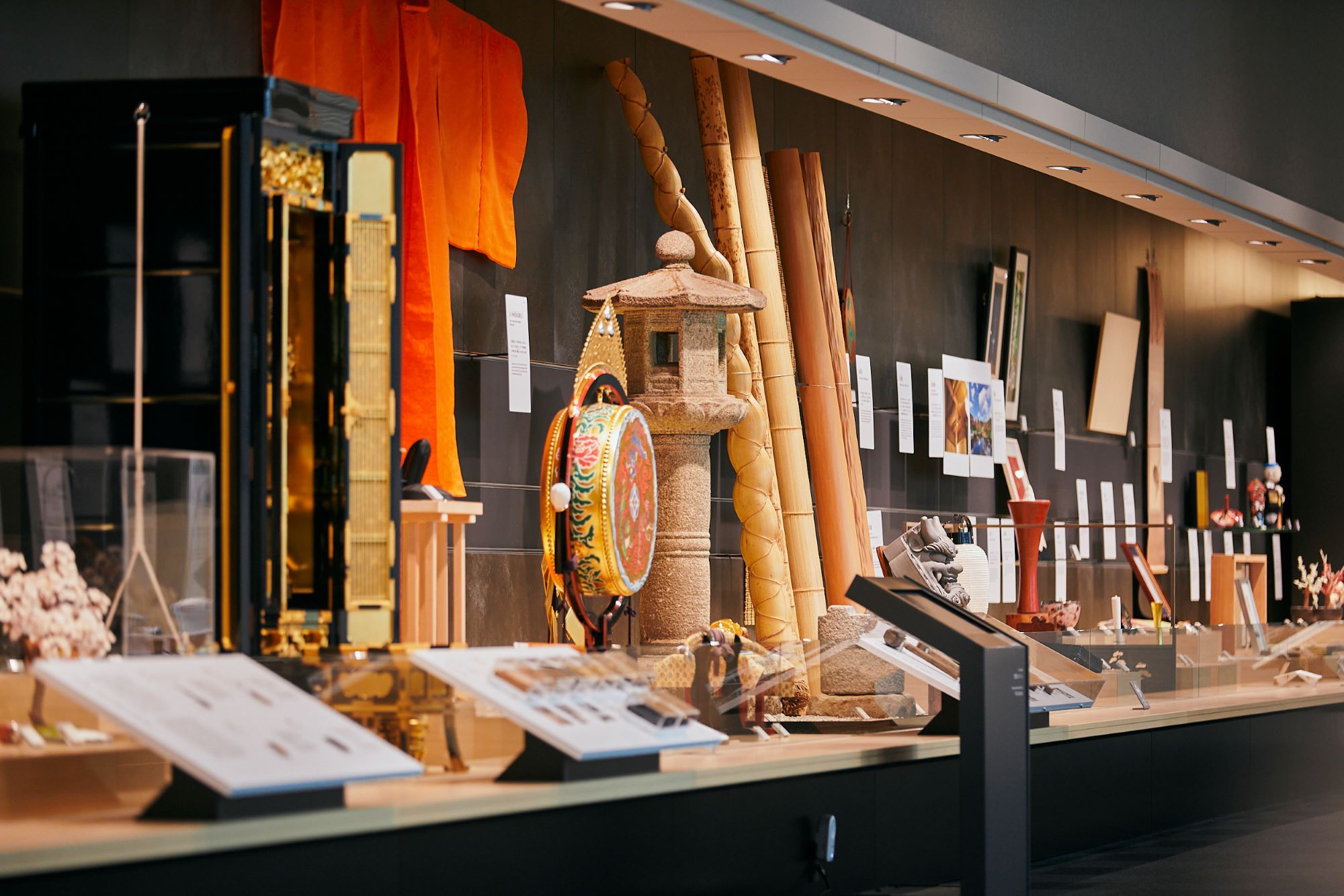
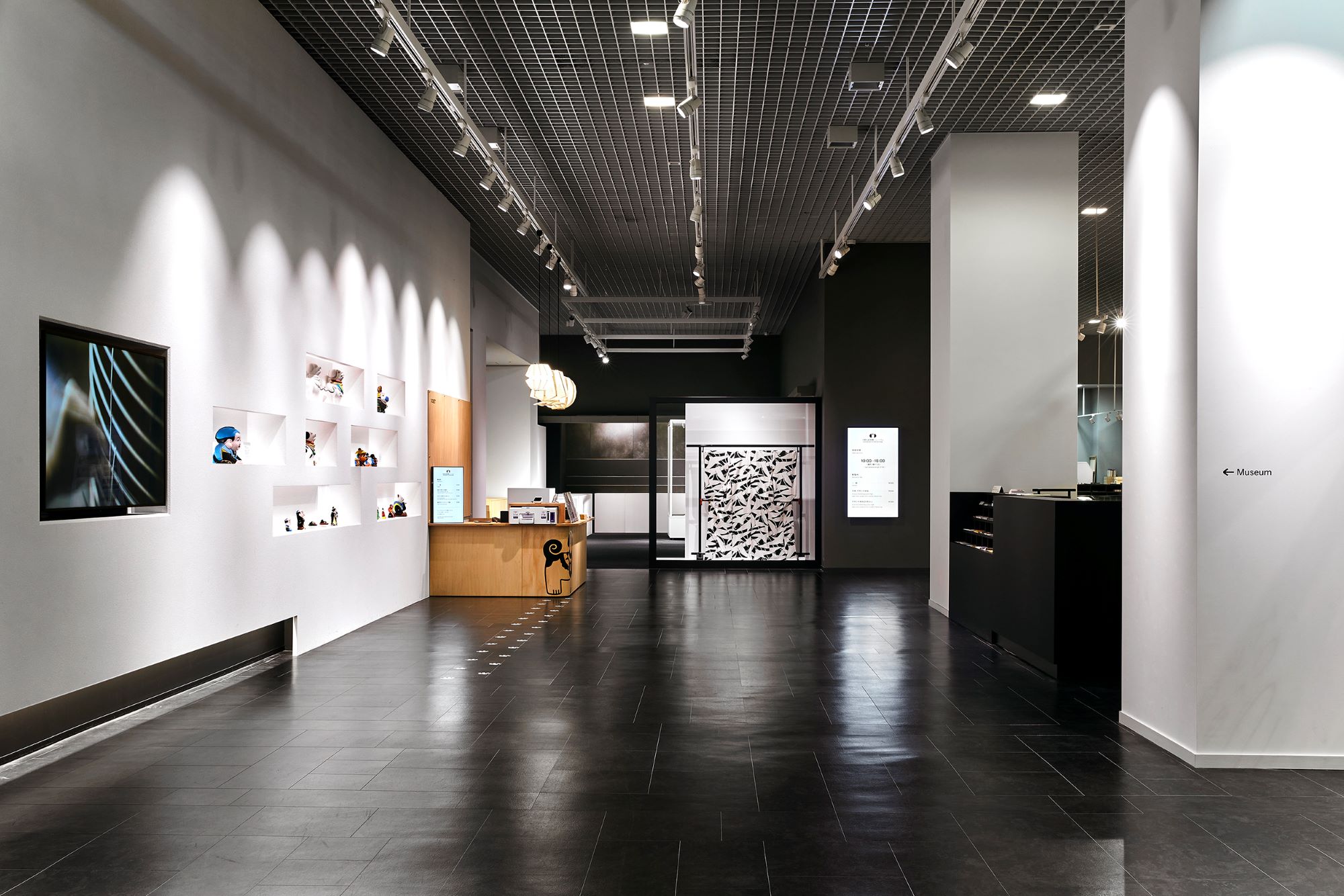
| Address | B1F Kyoto City Kangyo-kan (Miyako Messe), 9-1 Okazaki Seishoji-cho, Sakyo-ku |
|---|---|
| TEL | 075-762-2670 |
| FAX | 075-751-1692 |
| URL | https://kmtc.jp |
| Hours | 10:00 - 18:00 (entry by 17:30) |
| Closed | Irregular holidays (approximately twice a month, temporary closures) |
| Adm | General Admission: 500 yen (For other discounts, please check the website) |
| Access | A 10-min walk from Exit 1 of the Subway Tozai Line Higashiyama Stn/ Very close to Okazakikoen ROHM Theater/Miyakomesse-mae Stop of City Bus/A 5-min walk from Okazakikoen Bijutsukan/Heianjingumae Stops of City Bus |
| Parking | Available (Charged) |
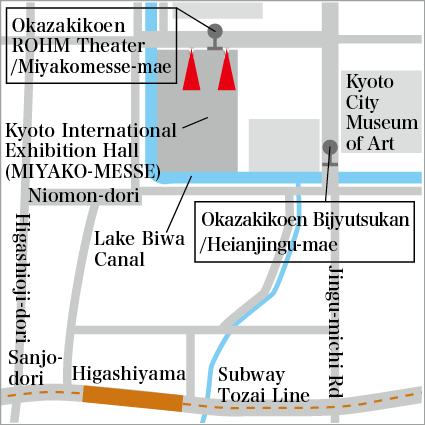
Facilities near by
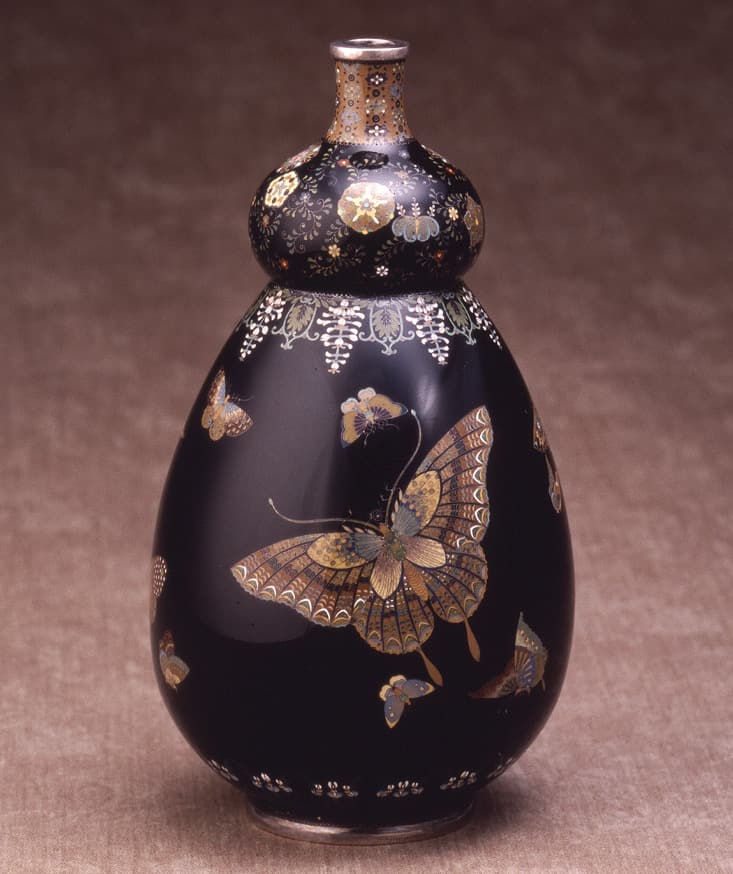
Kiyomizu Sannenzaka Museum
Late Edo and Meiji artworks come to light in Kyoto
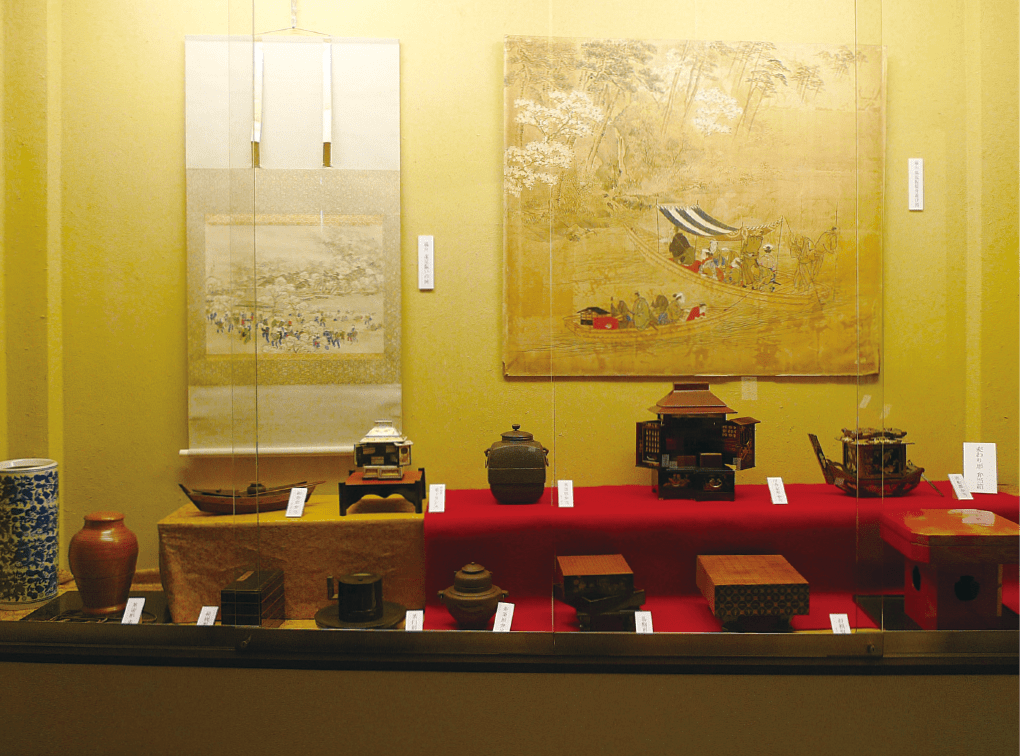
Obentobako Museum
Lunchboxes that speak volumes about the food culture of Edo times
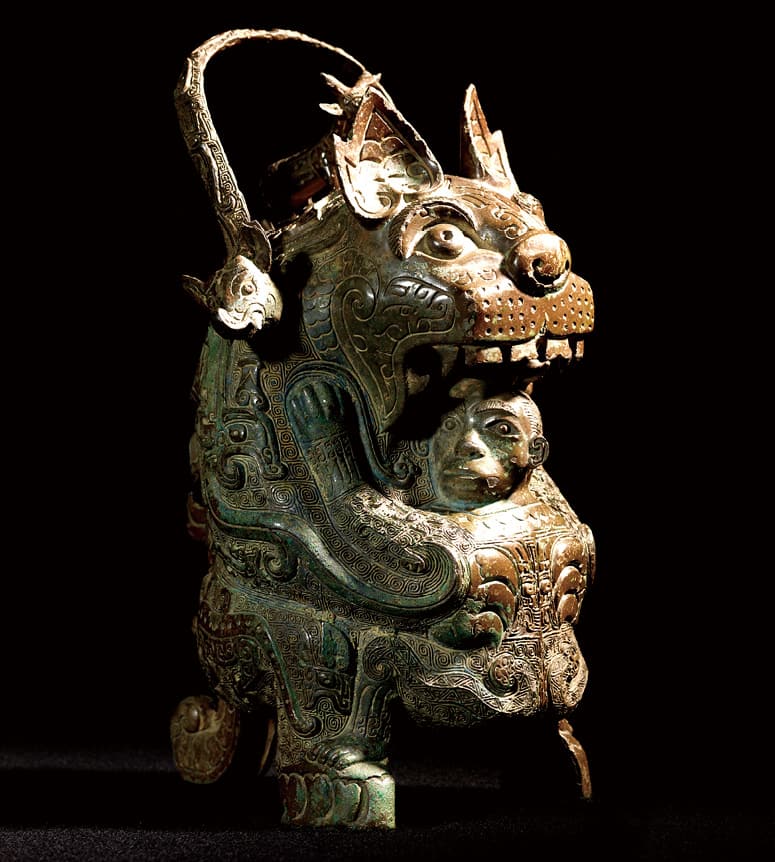
SEN-OKU HAKUKOKAN MUSEUM “Sumitomo Collection”
A highly proclaimed bronze ware collection
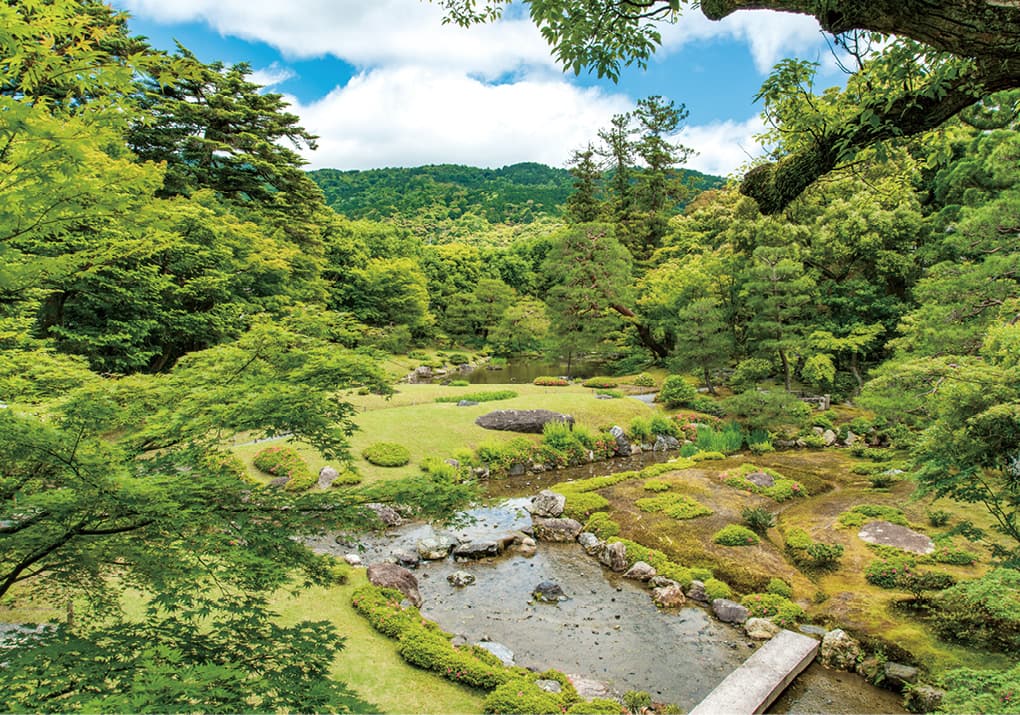
Murin-an
Aritomo Yamagata’s villa and its epoch-making modern garden